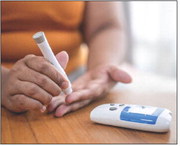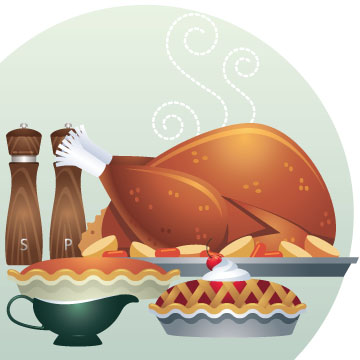Hypoglycemia, know how to recognize and respond


This November acts as Diabetes Month, a time to focus on the nearly 38 million Americans living with diabetes, according to the American Diabetes Association, and the challenges they face, including hypoglycemia. This serious condition, characterized by dangerously low blood sugar levels, can pose immediate health risks, if left unaddressed.
Understanding the symptoms and knowing how to respond effectively, is essential for ensuring the safety and wellbeing of those at risk.
Hypoglycemia occurs when blood sugar levels drop too low, potentially leading to various health complications. This can happen for several reasons. One common cause, is that the body might have too much insulin, particularly if a person is on insulin therapy or taking certain oral diabetes medication.
Insulin is a hormone produced by the pancreas, that helps convert sugar into energy. Other contributing factors include excessive exercise and skipping meals.
Early recognition of hypoglycemia is vital. Common signs and symptoms to watch for include shakiness, hunger, fast heartbeat and dizziness If experiencing any of these symptoms, take immediate action. The first step is to check blood sugar with a glucose monitor and if it is low, consume 4 ounces of regular soda (not diet) or 4 ounces of orange juice. Wait 15 minutes to allow the body to absorb the sugar, then recheck the blood sugar and if it’s still low, repeat the process.
Regular monitoring of blood glucose levels is essential for many patients, especially those living with Type 1 diabetes, taking insulin or certain oral medications. Fluctuations can occur throughout the day, from various factors and if levels drop below the target range, immediate action is necessary.
By recognizing the signs and knowing how to respond, individuals can help safeguard their health throughout Diabetes Month and beyond.

